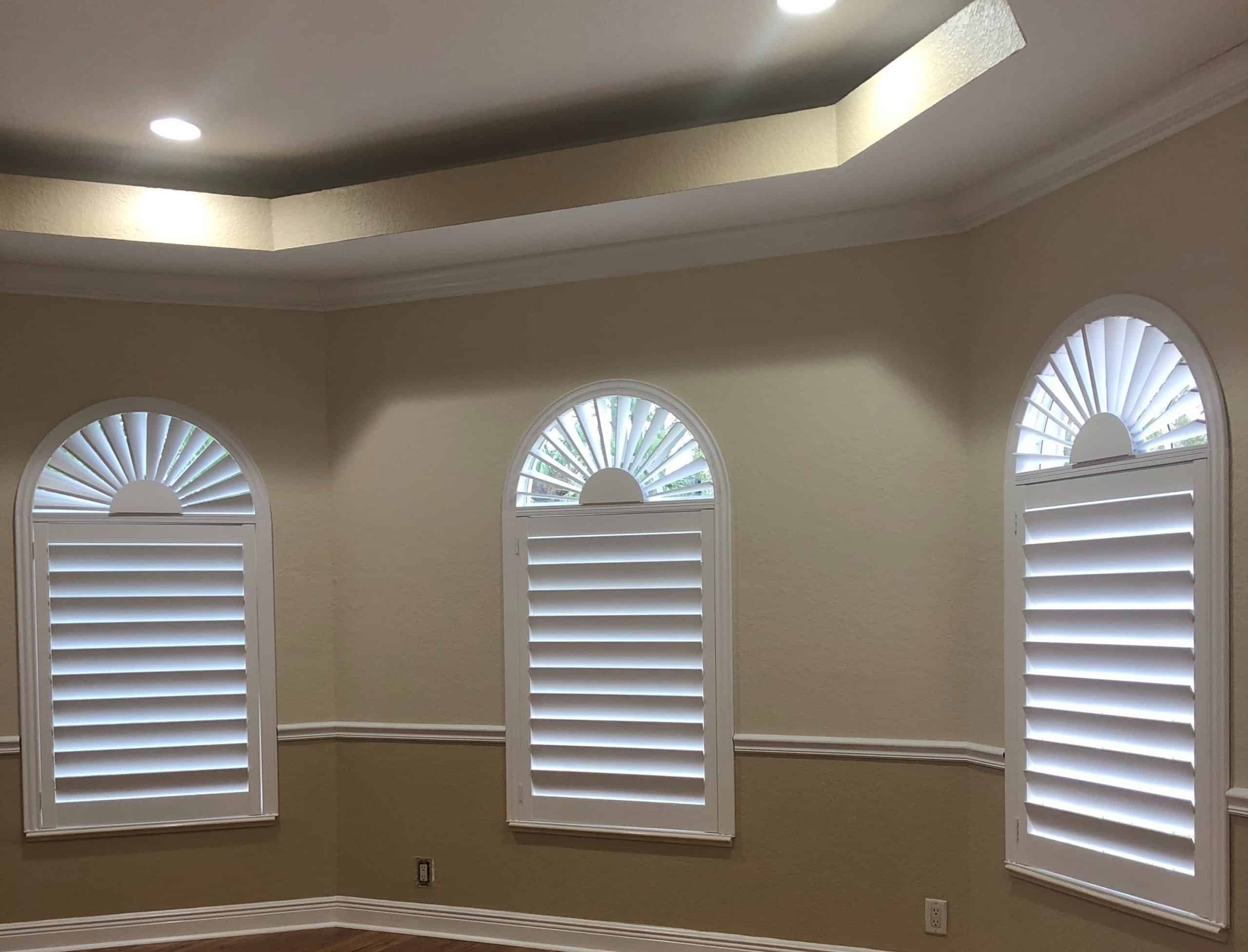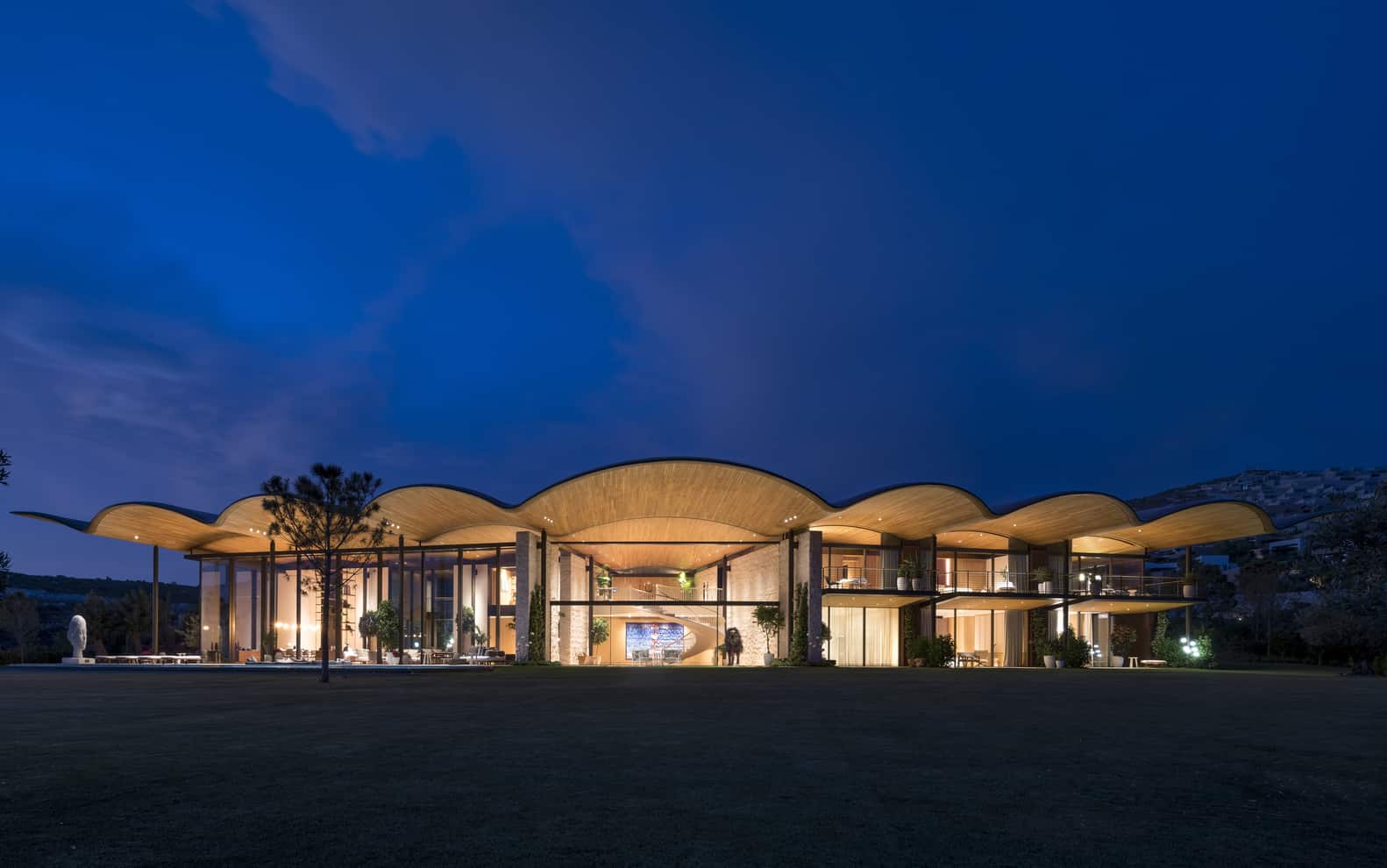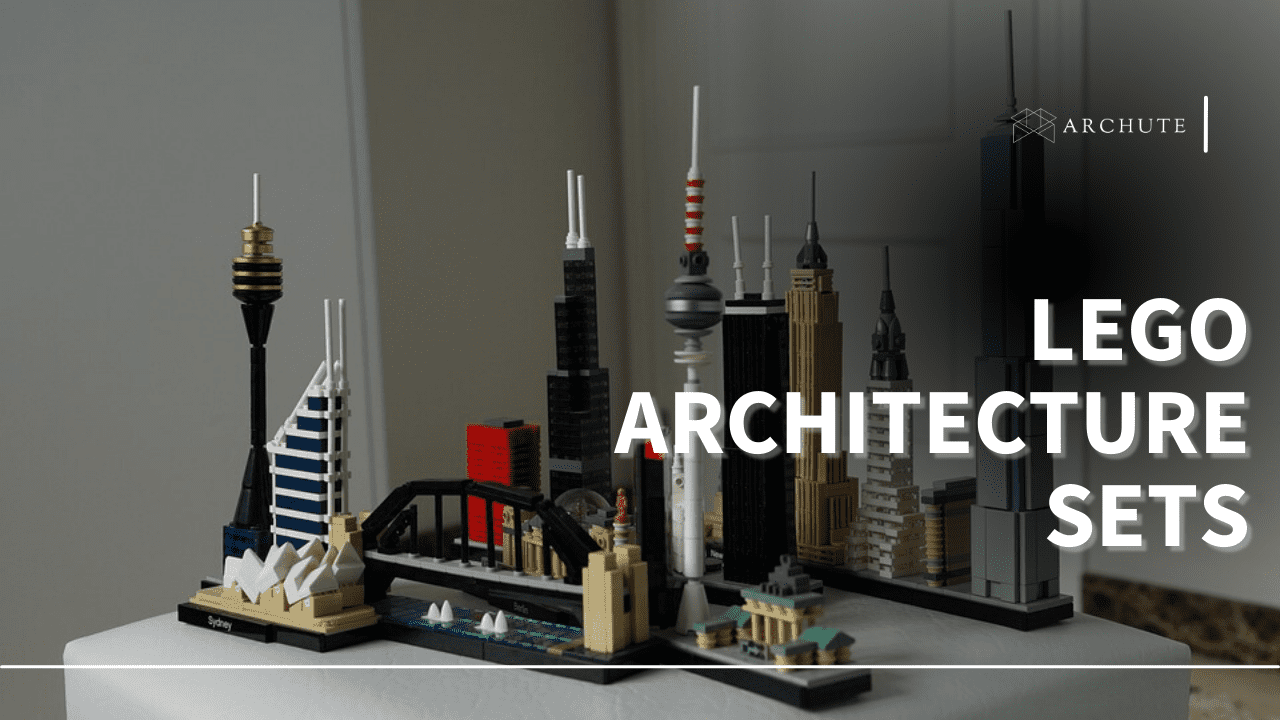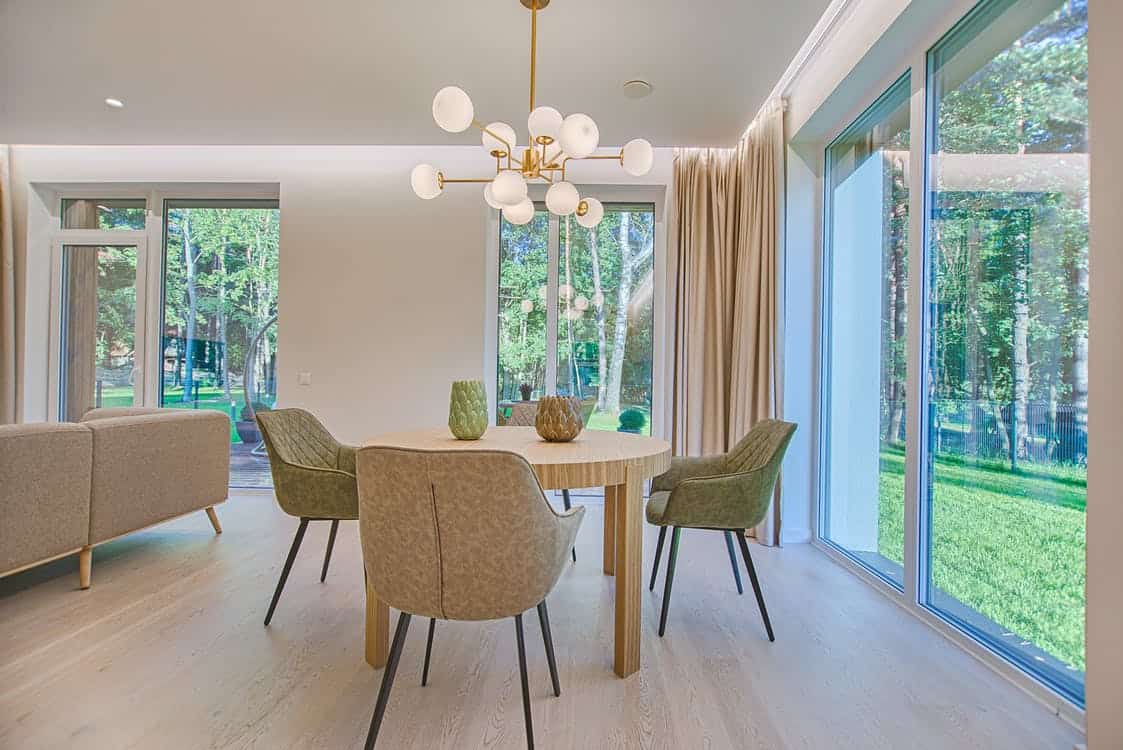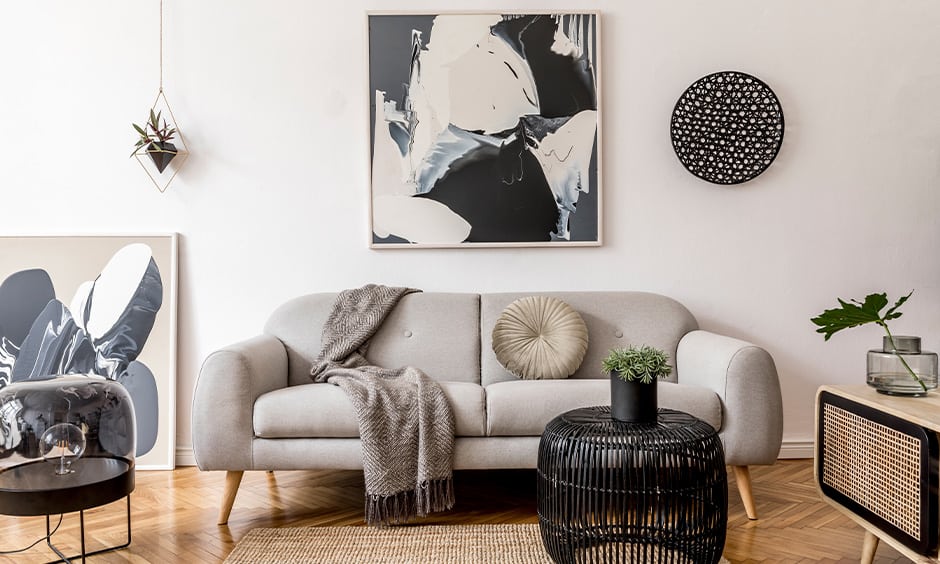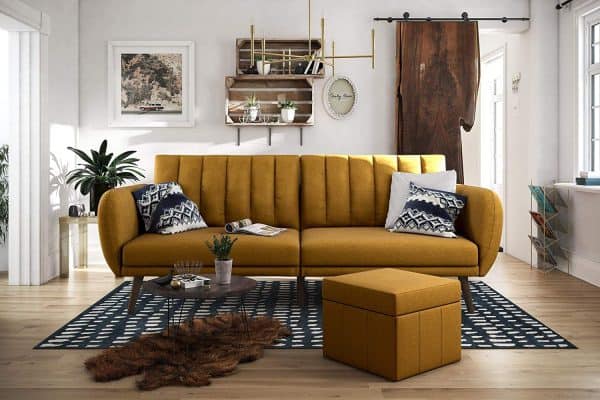Window shutters enhance the beauty of a home and contribute to the uniform and neat home decoration. Interior shutters are recognized for their advantages such as enhancing ventilation, ensuring privacy, and serving as a natural light modulator.
If you're a homeowner who is fed up with curtains or wants to keep your pets from going out, then you should consider getting the window shutters. Although most people tend to buy basic window blinds, it is crucial to note that nothing beats the convenience and reliability of window shutters.
Interior window shutters are truly hassle-free and flexible window treatment. They come in different designs to match all looks, from classic to contemporary looks, when designed from vinyl, fabric, metal, or wood.
How did shutters come to be?
Before glass was made available and affordable, shutters were used on the inside of the windows to keep away pests, light, etc. The first shutters were made of either flat wood or board and batten panels. In the 18th century, louvered shutters were developed to provide privacy and ventilation. Later in the 19th century, adjustable louvers were also developed.
When the heavy interior drapes came to the market, people stopped using the shutters. However, in the 20th century, they made a comeback in the architectural industry. Currently, these traditional window features have started to rise again.
Common Types of Window Shutters
1. Plantation Shutters

The plantation shutters are made to maximize the sun and keep heat and humidity away when closed. There are the most used shutters as they feature large louvers that make the dining rooms, bedrooms, and other rooms look elegant.
The angled stats or wide louvers are fixed around a series of intervals. These are some of the aspects that bring a difference between other shutters and plantation shutters. The large louvers in the plantation shutters are placed from 2.5" to 5" wide to give you more view of the outside world and allow more light to get in.
2. Tier-on-Tier

Just from its name, the tier on tier shutters is made from two panels that have been hanged such that one is above the other. The top part and the bottom part of these shutters can be opened together or independently, depending on your needs. For example, you can choose to open the top part to allow light to come in a while, keeping the bottom part closed for privacy.
3. Cafe

This type of shutter is known to be efficient in providing light, privacy, and outside view. The cafe shutters got their name from cafes in France and other European countries that used them to give privacy to their guests. They are placed from the window's midpoint to the bottom frame.
The Cafe shutters are half-height and are made from different materials, including composite shutters to polymer or wood shutters. To match them with the decor of your house, one can use stains or colors. Because of their durability, they are ideally used for high-humidity rooms like bathrooms, kitchens, etc.
4. Louvered Shutters

The louvered shutters are used for both exterior and exterior shutters and can also be either narrow or wide, single or double height. They feature wood slats that overlap each other on the same window frame. They have small supports in the middle to ensure they are study enough.
The standard sizes range from1.25" to 4.5", although you can choose the wideness you want your louvers to be. They are easy to clean, give incredible insulation and light control, and are also great for maintaining privacy.
5. Composite/ Norman/ Faux Wood shutter

They are made from MDF wood wrapped in wood or PVC coating. The shutters made of wood are more affordable and are able to withstand stress or high temperatures without being damaged. The PVC shutters are very durable and also weather and humidity resistant.
6. Tracked shutters

The tracked shutters are set at the top and bottom such that they can easily be folded away. They are ideally used in large windows, as room dividers, or as doors. These shutters can either be half-open or fully closed and give a stylish and sleek look to any room.
Mounting Of Interior Shutters
In traditional constructions, the shutters were attached to the window casing with their own pockets to tuck into when they are open. Of late, the shutters are attached outside the window casing so that when open, they are able to swing at a full 180 degrees or what is also known as a full range of motion.
For some types of shutters, this installation may require an extra frame that is placed into the window opening. To create a space-efficient folding shutter that is only mounted on one side of the window, the panels can easily be hinged together.
Pros and Cons of Interior Shutters
Pros:
Cons:
Frequently Asked Questions(FAQs) on Interior Window Shutters
1. How much do window shutters cost?
The prices of the interior shutters may vary depending on factors such as material, style, size, and brands. However, the average prices are between $20 and $45 per square foot.
2. Are interior shutters outdated?
While from the trend chart, these interior shutters are not trending upwards, they are still very popular in the market. So, they are not really outdated.
3. Do interior shutters add value to the house?
Yes, interior shutters can instantly add value to your home, especially if you're trying to sell. This is because they give a classic look to the window, and also, many people love to use them for privacy and light control.

